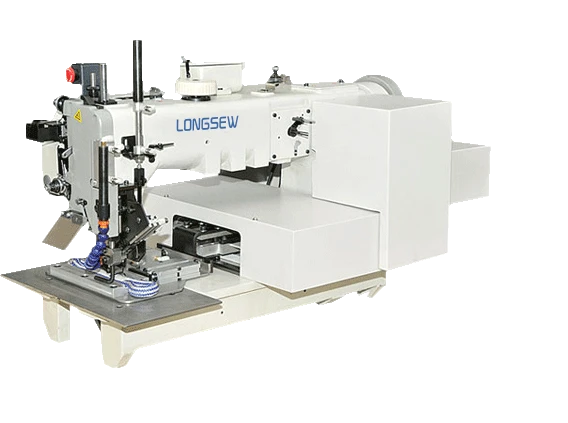leather machinery
The Evolution and Importance of Leather Machinery in Modern Industry
Leather has long been a symbol of durability and luxury, utilized in various applications ranging from fashion to automotive industries. As demand for leather products continues to grow, so does the need for advanced leather machinery that streamlines the processing of raw hides into finished goods. This article explores the evolution, significance, and technological advancements in leather machinery that have transformed the industry.
Historically, leather processing was a labor-intensive task, requiring extensive manual labor and rudimentary tools. Early techniques involved soaking hides in tannins extracted from tree bark, followed by laborious scraping and drying processes. The Industrial Revolution marked a turning point with the introduction of machinery, which greatly increased production efficiency. Machines like the leather skiving machine and the splitting machine allowed for more uniform cuts and reduced waste, leading to improved product quality and lower production costs.
As the leather industry has progressed, so too has the technology behind leather machinery. Modern leather processing facilities now utilize a range of sophisticated machines for different stages of production. Key equipment includes tanning machines, dyeing machines, and finishing lines. Tanning machines have evolved from traditional methods to incorporate modern processes such as chrome tanning, which significantly shortens the tanning duration and enhances the leather's water resistance and strength.
Dyeing machines have also seen significant advancements, allowing for more consistent and vibrant color applications. These machines are designed to work with a variety of dyes and can achieve a wide spectrum of shades, catering to the diverse demands of designers and consumers. Additionally, modern dyeing technology minimizes environmental impact by reducing water and chemical use, aligning with the industry’s move towards sustainability.
leather machinery

Furthermore, the finishing process has become more refined through the introduction of automated machinery that applies protective coatings, enhances aesthetic appeal, and ensures longevity. The use of computer-controlled systems allows for precision in applying finishes, which was previously impossible with manual methods. This not only increases output but also ensures that each product meets high-quality standards.
Another important aspect of contemporary leather machinery is the integration of computer technology and automation. The implementation of CAD (Computer-Aided Design) systems enables designers to create intricate patterns and designs and directly transfer them to cutting machines. This not only reduces the time spent on design modifications but also enhances precision in cutting, which is critical for minimizing material waste.
The rise of automation in leather processing has also created opportunities for higher-quality craftsmanship and personalization. Consumers increasingly desire custom-made products tailored to their specific needs and preferences. Machinery that allows for individual customization, such as engraving and embossing, is becoming standard practice in the leather sector. Companies can now offer unique products that stand out in a crowded marketplace, enhancing customer satisfaction and brand loyalty.
However, the evolution of leather machinery also brings with it challenges, particularly concerning environmental impacts and ethical considerations. At the forefront of these concerns is the sustainability of leather production processes. The industry is actively seeking eco-friendly machinery and practices that reduce waste, energy consumption, and harmful emissions. Innovations in biodegradable tanning agents and energy-efficient machinery are on the rise, helping to create a more sustainable leather industry.
In conclusion, the development of leather machinery has been instrumental in revolutionizing the leather industry. From enhancing production efficiency to improving product quality and enabling customization, modern machinery plays a crucial role in meeting consumer demands while addressing sustainability concerns. As technology continues to evolve, the future of leather machinery promises further innovations that will shape the industry for years to come.
-
Boost Production Efficiency with a Pattern Sewing MachineNewsAug.29,2025
-
Industrial Excellence with the Best Heavy Duty Sewing MachineNewsAug.29,2025
-
Precision and Power with the Best Pattern Sewing MachineNewsAug.29,2025
-
Reliable Bulk Packaging Starts With the Right FIBC Sewing MachineNewsAug.29,2025
-
Advanced Packaging Solutions: Elevate Productivity with Jumbo Bag Sewing Machine and Industrial Stitching EquipmentNewsAug.29,2025
-
High-Performance Solutions for Bulk Packaging: FIBC Sewing Machine and MoreNewsAug.29,2025
-
Maximize Efficiency with an Industrial Cylinder Arm Sewing MachineNewsAug.28,2025


























